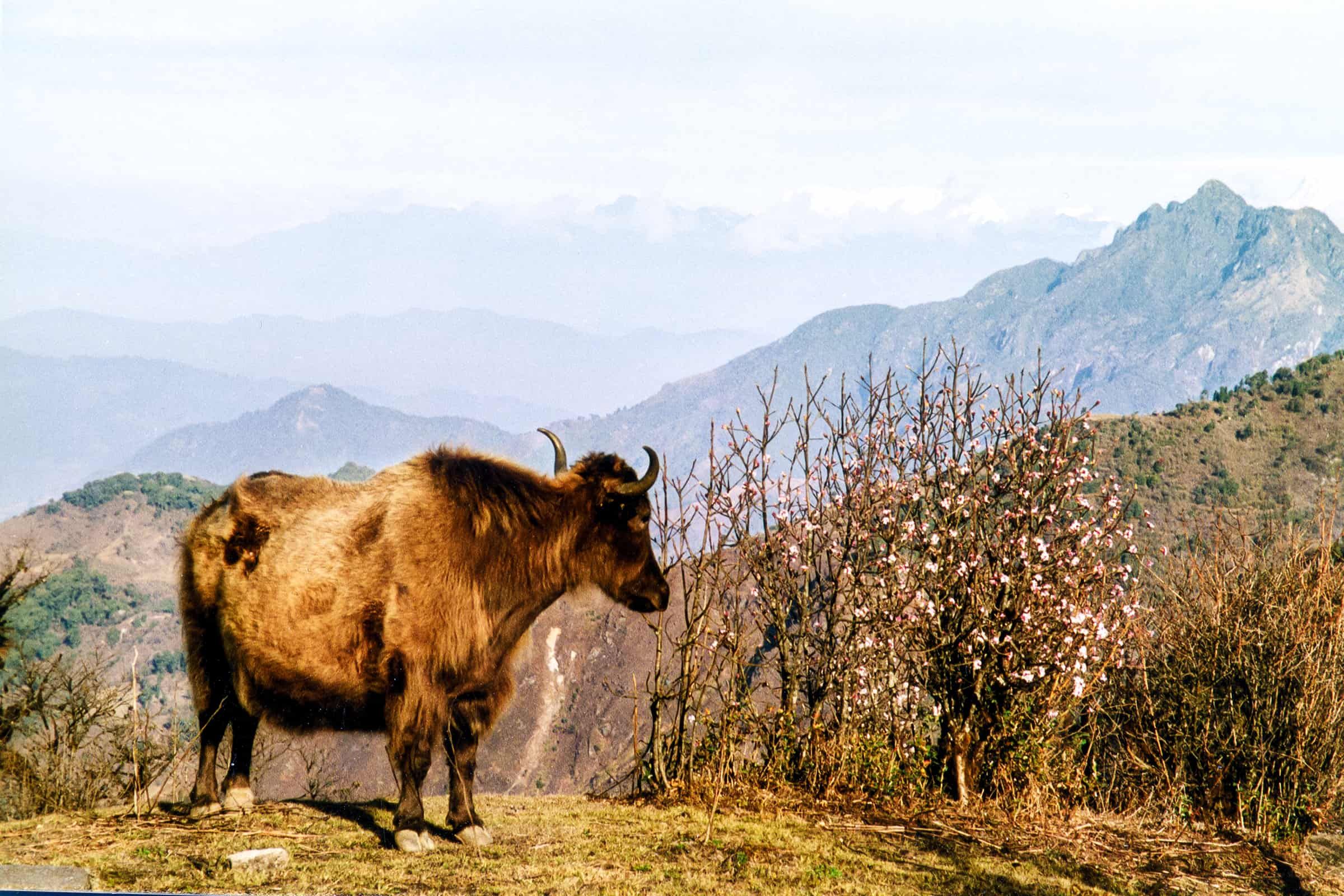Darjeeling, Sikkim and Bhutan

Group trips Sikkim – Hiking and culture
Easy
20 x
None
3300m
We also offer all of our tours as private tours – at the best time for you and with your desired program.
Contact us – We will be happy to help you.
Travel description
We start our tour in Darjeeling. This hill station has retained much of its colonial flair from times gone by. The “Toy Train” was built around 1880 and brought the English colonial masters from the hot plains to the cool mountains. Today, this place is world-famous for its many tea plantations and firstclass tea. In the former kingdom of Sikkim, we will admire Buddhist monasteries and the diverse nature. During a stay with a host family, we will gain a good insight into the everyday life of the locals. This former kingdom in the Himalayas between Bhutan and Nepal has not yet been discovered by mass tourism.
One of the highlights of the tour will be our stay in Bhutan. A hike will take us to one of the holiest monasteries in Bhutan, the famous “Tiger’s Nest” in the Paro Valley. This monastery clings spectacularly to a steep rock face, hundreds of meters above the valley floor. We will also visit imposing dzongs, ancient monasteries and small villages in Bhutan. This easy round trip is quite varied and has many highlights.
Book with us
of experience on site.
Highlights
- Quite varied tour through Sikkim and Bhutan
- Insights into life in the countryside, away from the usual tourist routes
- Ride on the “Toy Train” in Darjeeling
- Ancient monasteries and sacred lake in Sikkim
- Buddhist cultural heritage in Sikkim & Bhutan
- Hike to the holy monastery “Tiger’s Nest” in Bhutan
- Punakha Dzong, the most beautiful monastery castle (Dzong) in Bhutan














